
Apse of Sant Climent de Taüll
Unlike the paintings in the walls of caves, in the archways of cathedrals, or in the manuscripts we viewed before around the Romanesque Era (1000-1050AD), Van der Weyden played with depth, incredible drapery with the heavy shadows and folds, and intense emotions.
Our Guy, Rogier van der Weyden
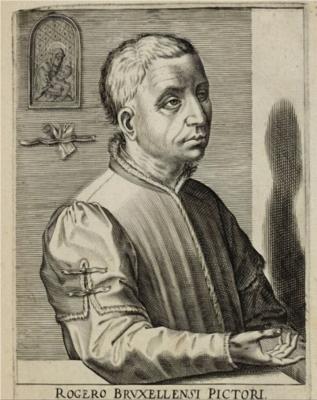
Rogier van der Weyden, originally born with the name Rogier de la Pasture, changing his french name to a dutch format, was born roughly around 1399-1400 in Tournai (Belgium). Living in a merchant class home, his childhood is not much known, but his career and movement in art began at the ripe age of 27 when he enrolled to be Robert Campin’s* apprentice. This apprenticeship kick-started the amazing work Van der Weyden is known for which is the incredible smooth line-work, rhythmic composition, and heavy and intense emotions.
*Robert Campin (b. 1378 Tournai France) one of the earliest Flemish painters

Portrait of a Lady c.1460
Flemish
Van der Weyden was the very influential northern artist of his time, more specifically in Flemish painting. The Flemish technique has a few points that make it unique compared to other styles and techniques. The choice of the well-crafted canvas, well-stretched is a must or it will not turn out as planned, after this, gesso is added to the top to create a smooth surface.


Once the gesso is down and solid, the realistic drawing is then transferred on to the canvas using the golden rectangle and then the canvas is toned with Imprimatur. After, brown undertone is layed down, added to create contrast in the painting, and lastly, it ends with the gray toning, which is crucial to the Flemish technique. Once all the set up is complete, you can finally, one section at a time, paint till you finish.


The Flemish technique was around the 15th century until the 17th century, was mainly used for florals, fruits, and still life portraits and was mastered by Robert Campin, which was passed down to Van der Weyden.
Flemish Technique
Fleming video
His Work
Through his lifetime after apprenticing for our friend Robert Campin, majority of Van der Weyden’s known work was religious triptychs, altarpieces, and commissioned single and diptych portraits.
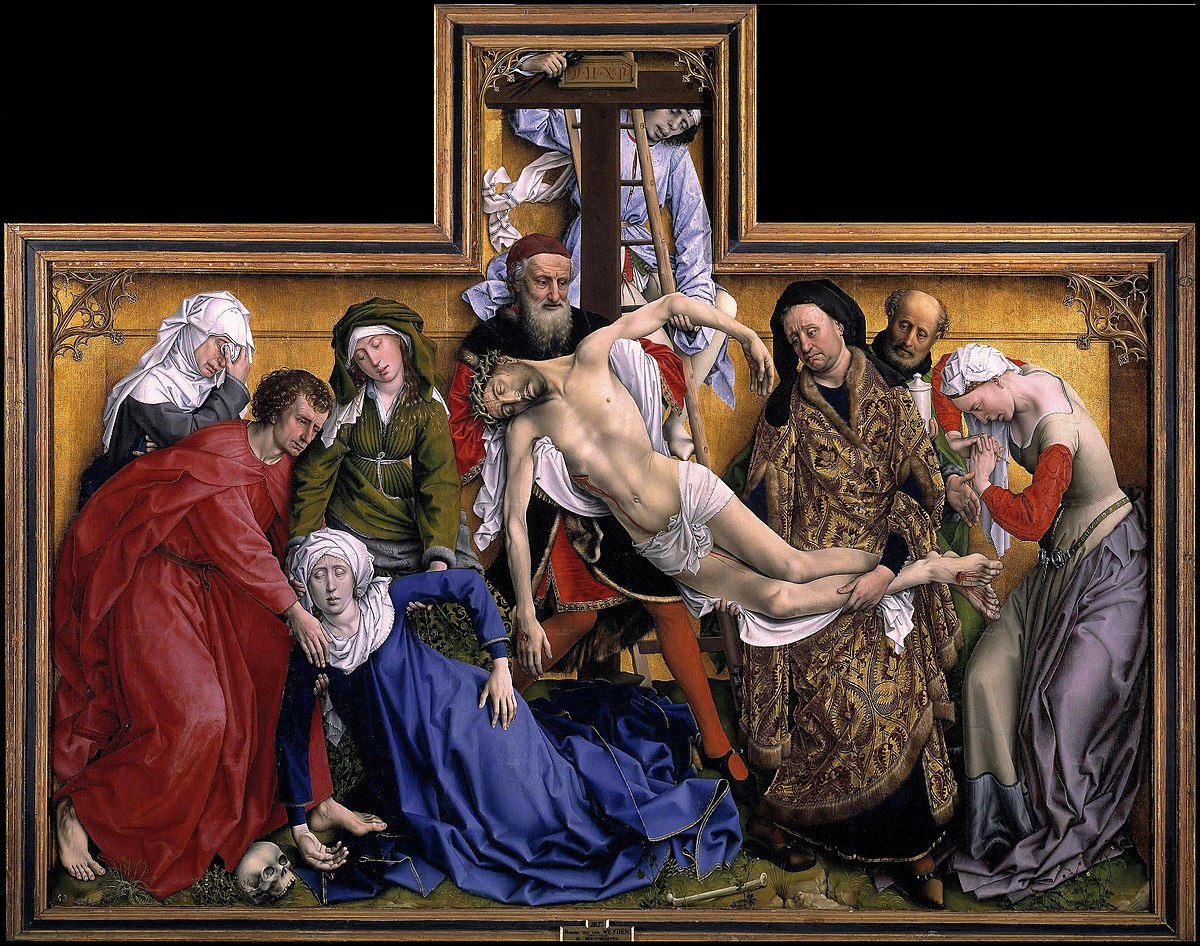
Disposition 1435
The disposition is one of Van der Weyden’s most known piece. Created in 1435, this oil painting panel shows the Virgin Mary suffering at the death of her son at the moment he is being held and carried off the cross. The intensity in this scene, unlike the un-phased, strong, and in-power Jesus we have seen before, this shows the emotions of pain and soul-less features. If we look closely, the folds and creases are as clear as day, with heavy shadowing and the multitude there are, the drapery on their clothes were made to be just as important as the detail in their facial expressions, elongated faces, and hands. The intense detail is what stood out to me when viewing the painting, covered from head to toe from the smallest intricate patterns to the frays of the cloth’s texture. The fingertips, knees, and faces are hit with heavy shadowing and realistic movements, though elongated. Looking closer, the tears that fall become more apparent, solidifying the pain present as the wrinkles, creases, and frowns begin to look more exaggerated.

With all these emotions, one might overlook the depth in this image. Looking at the background, these figures stand close to each other, having them practically overlapping each other, showing the small space or depth they stand-in. Though it is not a Romanesque style painting, this squishing remind me of the manuscript paintings, as the depth is not quite apparent in the image and the common use of primary colors. With all the detail, the painted borders, and fine layout, the longer you look, the clearer the stance of the figures becomes. The figure that catches my eye the most is the figure and moment of Mary, as she is being carried as she faints as Jesus is being carried. The arm bends and the side by side moment of them both being carried shows the similarity of the mother and her son both dying on that cross, one from torture and the other from the heartbreaking moment at the loss of her son. As if these expressions on their faces did not speak enough to remind you of the sorrow one might have felt in that day, the movement of Mary surely solidifies it and shows a mother grieve for her son and our Jesus.

Overall the detail is intense and we see it through practically all his amazing oil paintings. The gruesome detail does not lack the blood dripping or the tears falling, or even the thorns pressing against Jesus’s head, all of this brings emotions that can create an unforgettable feeling within the viewer which helps the viewer be reminded of the scene, to be really and truly moved.

Viewing his other painting, remembering the majority of it is religious pieces, that in this next painting of the Crucifixion is lighter in tone, regardless of the still heavy amounts of drapery, the shading is not as dark or as pressed. This goes for the detail as well, though the drapery, the walls, and the clothing and cloth on their bodies are accurate, the intense detail in the Deposition is not similar to this. Regardless, his style is still implemented, with the long faces, lots of folds, and strong emotions and actions. More specifically, in this scene, Mary, again fainting, is now in a position of prayer and plead. As I mimic the folds in her hand, I can somehow better see and feel the pain of not even being able to control the physical body movements based on the overwhelming scene.

Crucifixion Diptych

1443-1445 Triptych: The Crucifixion
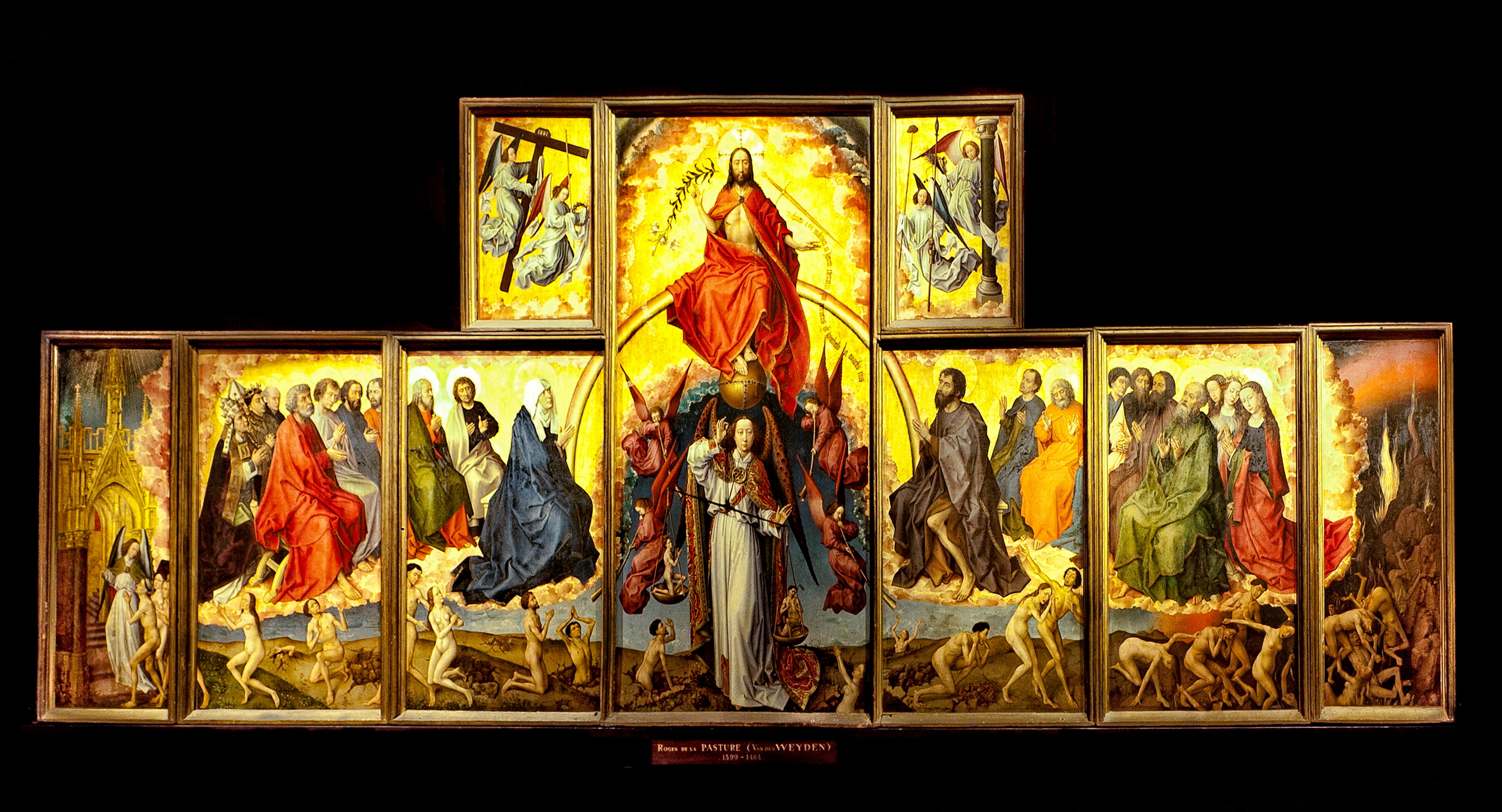
“The Beaune Altarpiece, often called The Last Judgement, is a large polyptych altarpiece by the Early Netherlandish artist Rogier van der Weyden. It was painted in oil on oak panels, with parts later transferred to canvas. It consists of fifteen paintings on nine panels; six are painted on both sides”
Going over his amazing work, I can see why these painting, his style, in particular, was wanted because looking at these scenes, regardless if repeated, each made me feel and exist in that moment. From the folded hands in prayer to the deep overwhelming emotions on these figures we recognize. Unfortunately, like I may have mentioned in my presentation, there is still a lot we do not know about our Flemish painter, Van der Weyden due to the Nine-year war. Lots of painting, even from other artist were lost or stolen and never recover or returned after the war. Thankfully enough, what we have, though it is not everything, is beautifully crafted work, filled with emotions, reminders, and for others to understand and be filled with knowledge.
Resources-
https://www.afpradomuseum.org/descent-from-the-cross-van-der-weyden?gclid=EAIaIQobChMIm7XN5vbW5AIVkSCtBh0IJAWpEAAYASAAEgLVCvD_BwE
Deposition Khan academy
https://www.khanacademy.org/humanities/renaissance-reformation/northern-renaissance1/weyden/v/rogier-van-der-weyden-deposition-c-1435
Bio
https://www.britannica.com/biography/Rogier-van-der-Weyden
https://en.wikipedia.org/wiki/Rogier_van_der_Weyden
Images
Bio &images
https://en.wikipedia.org/wiki/Beaune_Altarpiece


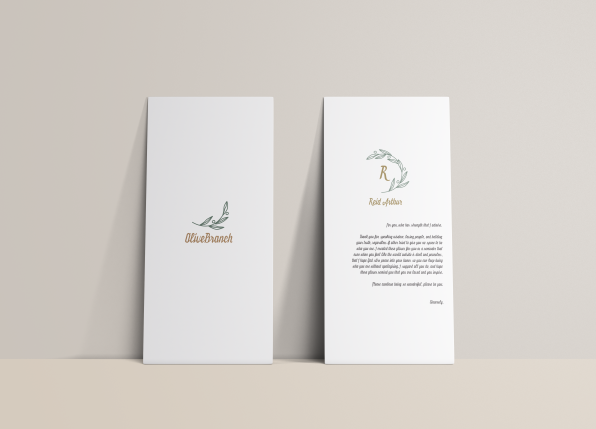
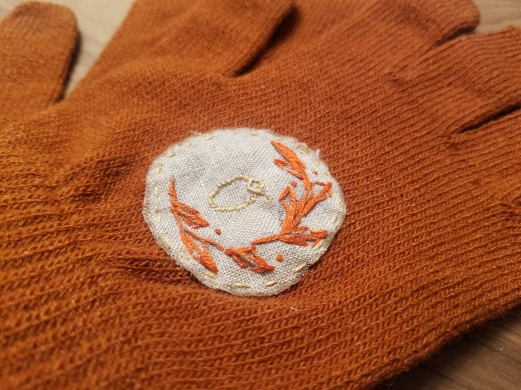







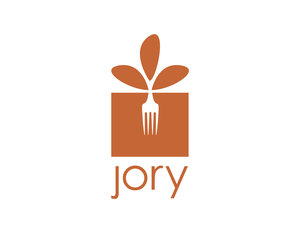


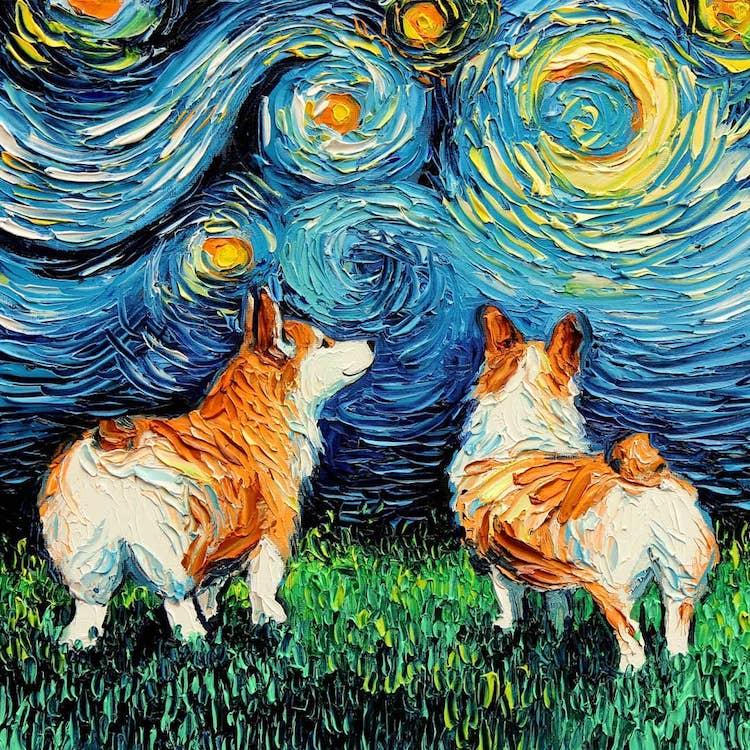

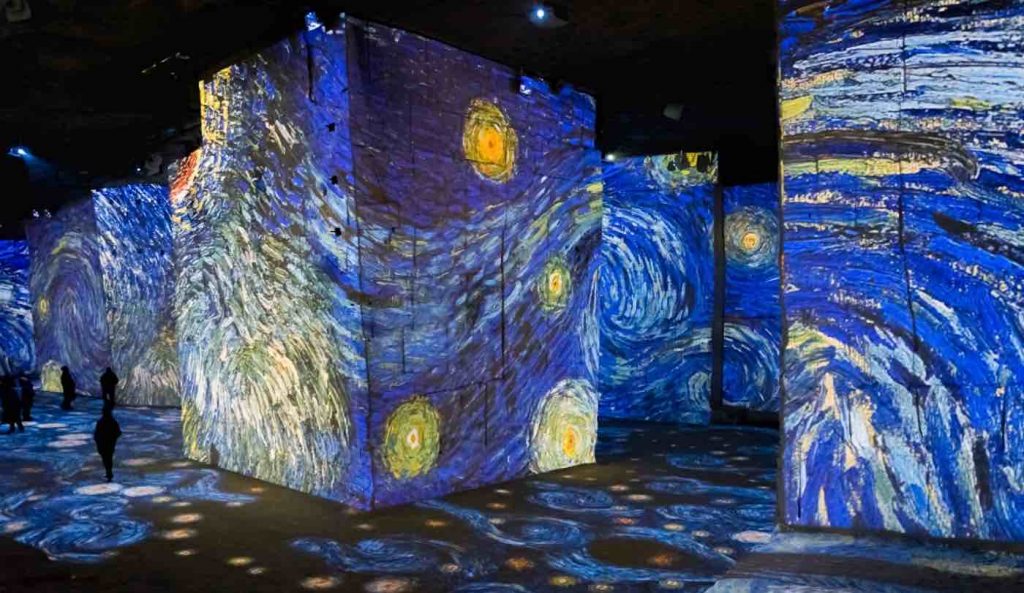 vincent van Gogh’s starry night in France
vincent van Gogh’s starry night in France
















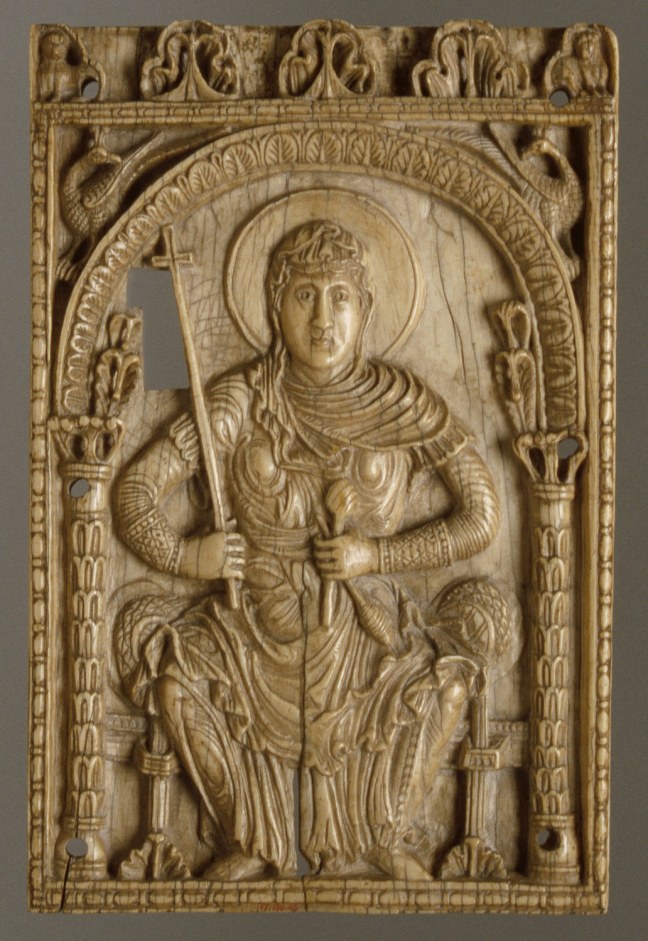
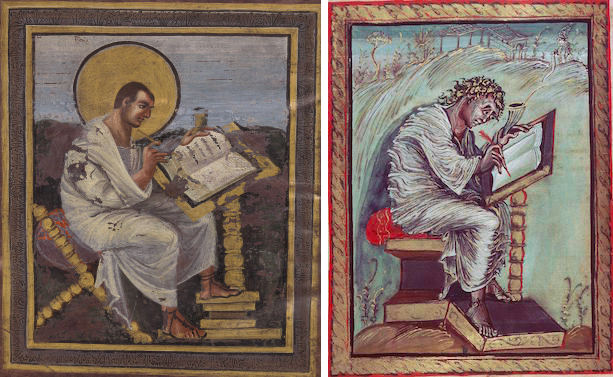
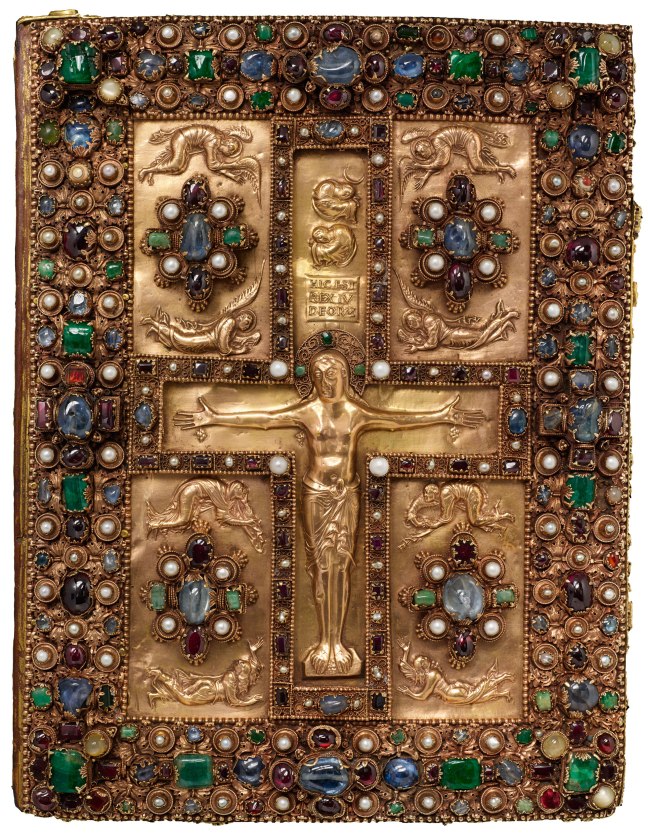
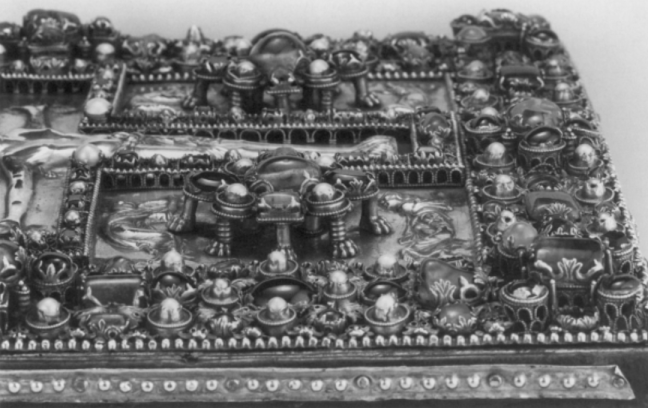



 Link:
Link:  Link: http://www.caylaskillin-brauchle.com/index.php/work/certifying-the-truth/
Link: http://www.caylaskillin-brauchle.com/index.php/work/certifying-the-truth/





